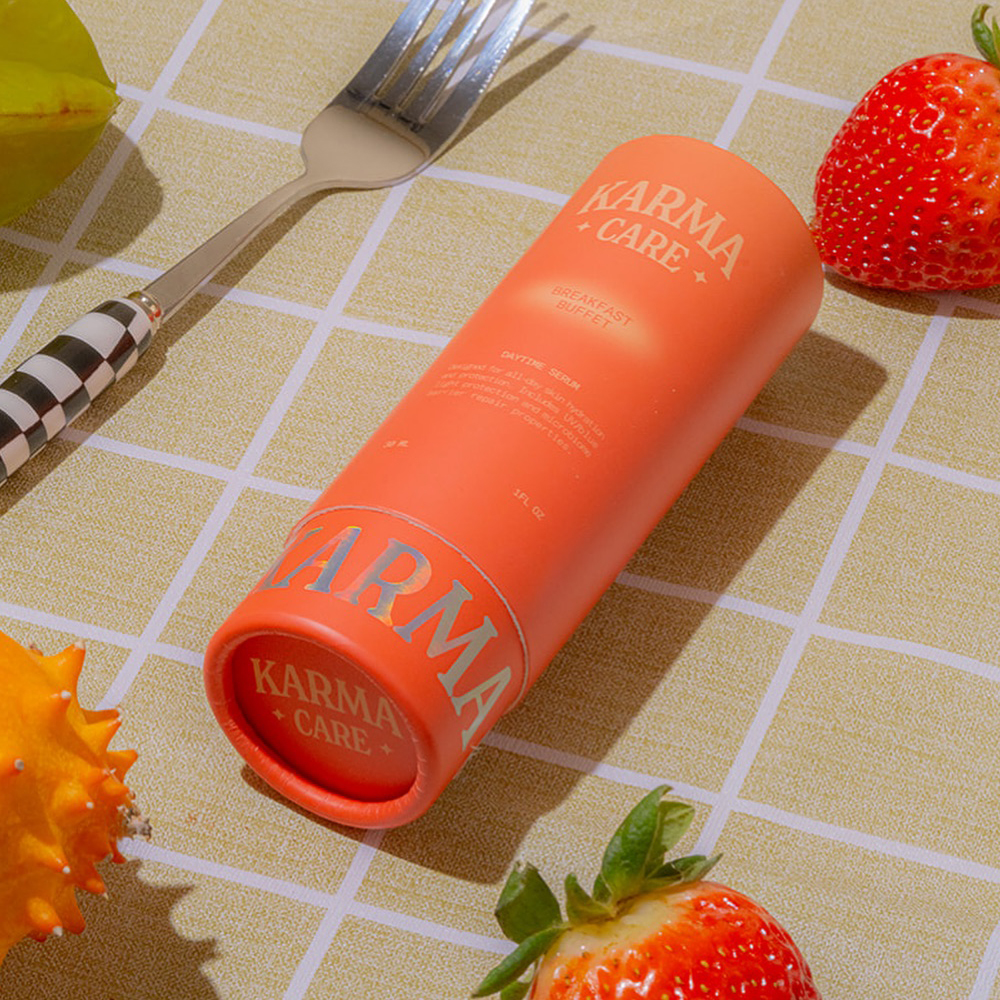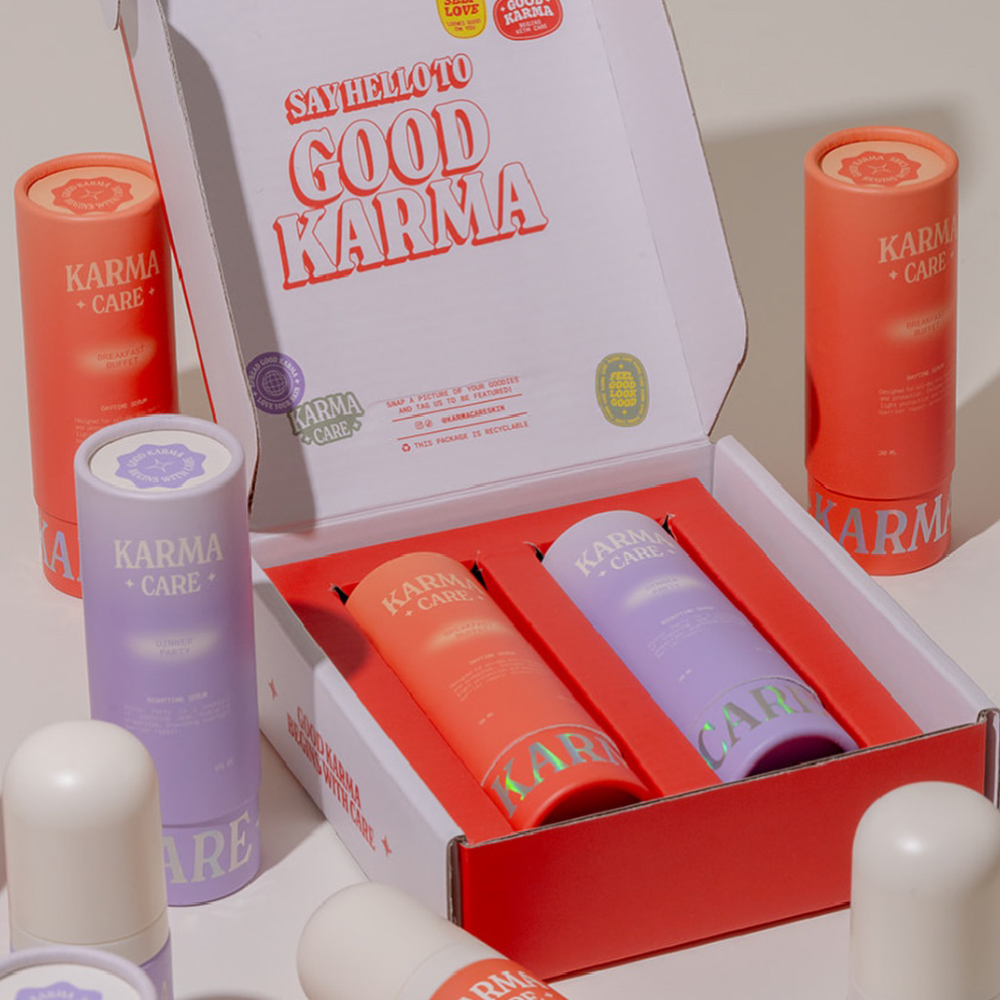The Six Commandments of Minimalist Packaging Design
Introduction
In the grand universe of packaging design, where colors collide, fonts frolic, and textures tango, there exists a subatomic realm known as minimalist packaging. Like Sheldon Cooper's love for theoretical physics, minimalist packaging possesses a mystique that defies conventional design paradigms. In this cosmic journey through the six key design elements of minimalist packaging, prepare to be transported to a realm where simplicity reigns supreme and functionality is the governing force. Bazinga!
1. Limited Color Palette
Ah, the color palette, akin to the fundamental particles in the Standard Model of particle physics. In the minimalist packaging universe, we're talking about a limited color palette—think of it as the quantum states of packaging design. Just like Sheldon's preference for a tidy apartment, minimalist packaging opts for a few well-chosen shades to convey its message. It's like Glossier's millennial pink, a hue so subtle it could make even Amy Farrah Fowler blush.
Pick a hero color, much like selecting the Higgs boson of your brand.
Embrace neutrals like a physicist embraces the laws of thermodynamics.
Consider pops of color, adding a quantum leap of intrigue to your packaging.
2. Negative or White Space
Negative space, the void where the laws of design physics seem to bend and warp. It's like the dark matter of packaging—intangible yet essential. Just as Sheldon revels in the emptiness of his spot on the couch, minimalist packaging thrives in negative space, allowing the product to shine brighter than a quasar.
Frame the focus, creating a gravitational pull towards your product.
Balance the elements, maintaining harmony in the cosmic dance of design.
Practice uniformity, ensuring your packaging exists in a state of equilibrium.
3. Typography
Typography, the language of design, spoken with the elegance of a well-crafted equation. In the minimalist packaging universe, simplicity is the theorem, and readability is the solution. Much like Sheldon's love for binary code, minimalist typography is clean, concise, and devoid of unnecessary complexity.
Less is more, just like Sheldon's affection for "soft kitty, warm kitty."
Clarity before creativity, ensuring your message is as clear as Schrödinger's cat.
Test them out, experimenting with fonts like a physicist in a particle accelerator.
4. Texture
Texture, the tactile dimension of design, where surfaces tell stories through the sensation of touch. Minimalist packaging embraces texture like Leonard embraces his love for experimental physics—it adds depth, intrigue, and a touch of the unknown.
Highlight key features, much like highlighting the key points in a scientific paper.
Embrace natural materials, connecting with the primal instincts of the consumer.
Play with patterns, creating visual symphonies that resonate with the soul.
5. Logo Placement
The logo, the insignia that marks the territory of your brand in the vast expanse of consumer consciousness. In minimalist packaging, logo placement is akin to the positioning of celestial bodies in the night sky—strategic, impactful, and imbued with cosmic significance.
Scale matters, much like the scale of the universe itself—find the right balance.
Color harmony, ensuring your logo sings in perfect harmony with the cosmic chorus of your packaging.
Readability first, guiding the gaze of consumers like a star chart in the hands of an astrophysicist.
6. Functional Design
Functionality, the gravitational force that keeps the packaging universe in motion. In minimalist packaging, form follows function, much like the laws of motion elucidated by Sir Isaac Newton. Every element serves a purpose, every design choice a calculated trajectory towards consumer satisfaction.
Function takes precedence over form, much like Sheldon's disdain for unnecessary complications.
Welcome sustainability, preserving the delicate balance of our planetary ecosystem.
Prioritize convenience, making the consumer journey as smooth as a theoretical singularity.
Conclusion
And there you have it, fellow travelers in the cosmos of packaging design—six key elements of minimalist packaging, decoded through the lens of The Big Bang Theory. From limited color palettes to functional design, each principle is a testament to the elegance and efficiency of minimalist design. So, as you embark on your own packaging odyssey, remember the words of Sheldon Cooper himself: "If at first, you don't succeed, try a simpler approach. Bazinga!"
 English
English Español
Español Português
Português Pусский
Pусский Français
Français Deutsch
Deutsch 日本語
日本語 한국어
한국어 Italiano
Italiano عربى
عربى


